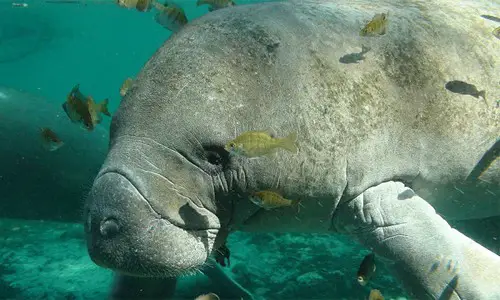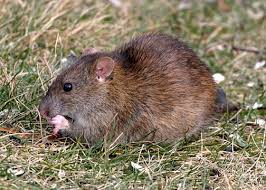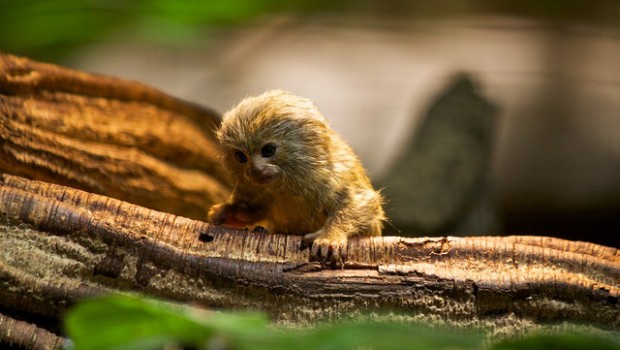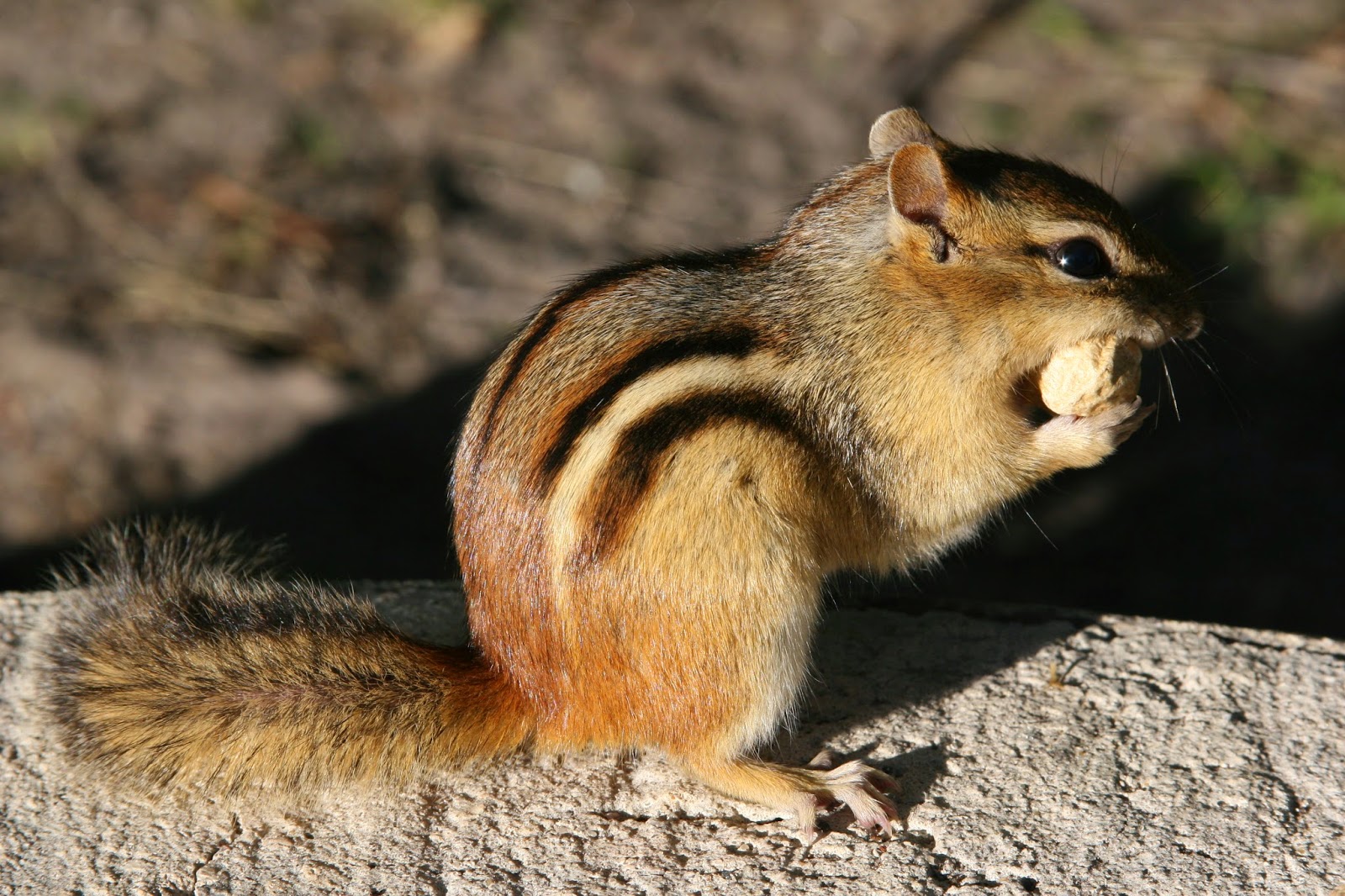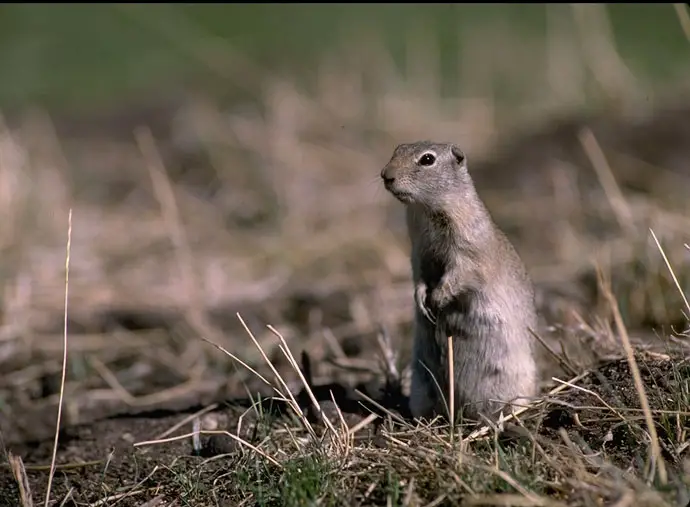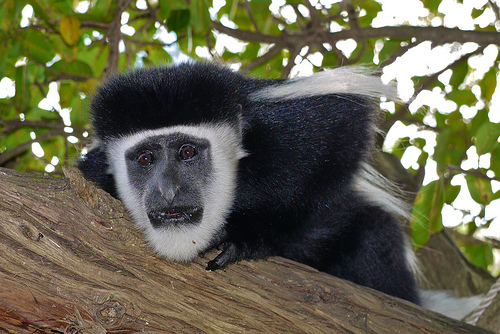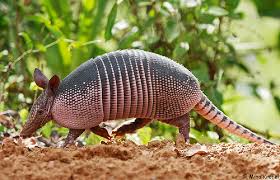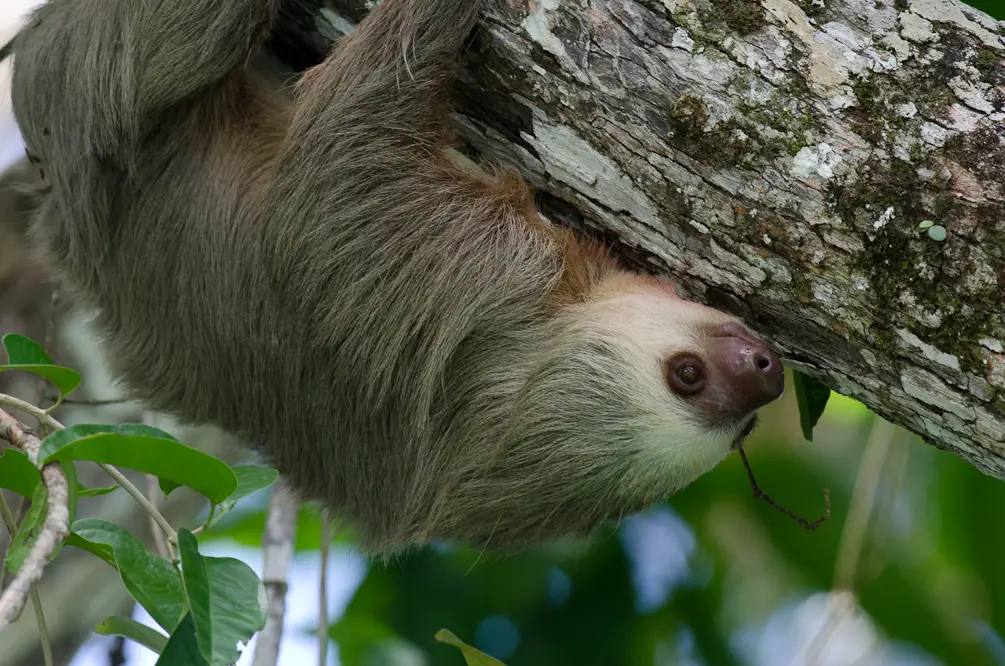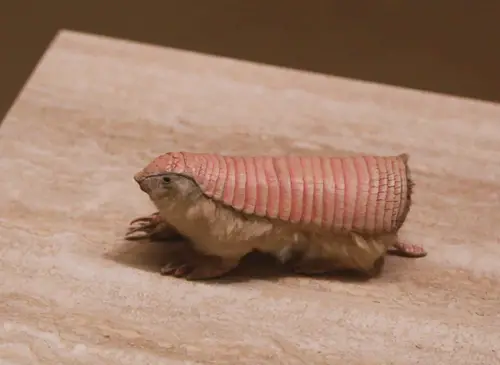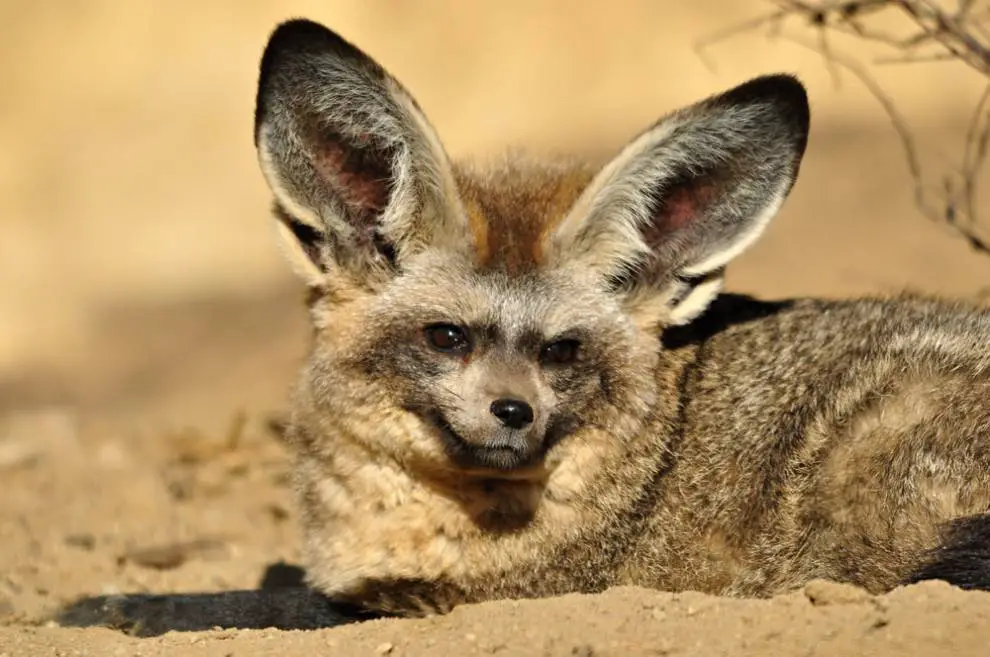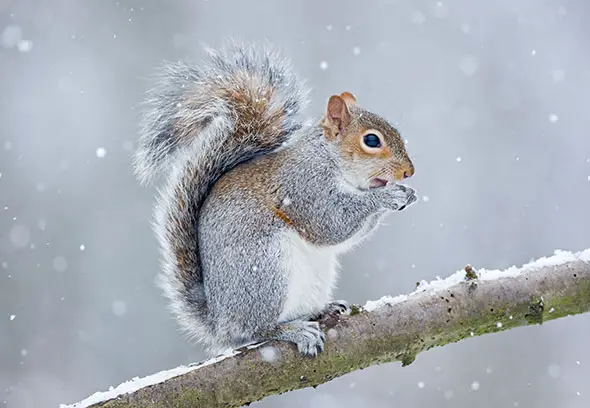Category: Mammals
Mammals are those warm blooded air-breathing vertebrate animals that are categorized by their hair, three middle ear bones, and the mother nurse their young ones with milk.
-
Florida Manatee Facts | Anatomy, Diet, Habitat, Behavior
The Florida manatee (Trichechus manatus latirostris) is one of the largest coastal mammals in North America. It is one of the two subspecies of West Indian manatee. The manatee is thought to occur along the Florida waters. Florida manatees are likely to cover long distances. Sea cow is the other name given to Florida manatee.…
Written by
-
American Bison Facts | Anatomy, Diet, Habitat, Behavior
The American bison (Bison bison) is a North American buffalo that is typically found in the United States and the northwestern Canada. It is likely to graze on the grasslands of northern Mexico. It is arguably the largest living land mammal in the United States. In the 19th century humans have hunted bison to almost…
Written by
-
African Bush Elephant Facts | Anatomy, Diet, Habitat, Behavior
The African bush elephant (Loxodonta africana) is the largest of all elephants. It stands almost four meters in height and it is the heaviest living elephant species. African bush elephant and the African forest elephant have long been treated as a single species but the recent study shows that they both are distinct species. Out…
Written by
-
African Giraffe Facts | Anatomy, Diet, Habitat, Behavior
The West African giraffe or Niger giraffe (Giraffa camelopardalis peralta) is typically found in the Sagel areas of West Africa. It is an endangered subspecies of giraffe and is mainly recognized by its light orange spots all over its body and neck. The African giraffe’s population is quickly decreasing partly because of hunting and partly…
Written by
-
Norway Rat Facts | Anatomy, Diet, Range, Behavior
The Norway rat or brown rat (Rattus norvegicus) is one of the most familiar common rats. It is thought to occupy almost every continent except for Antarctica. Brown rats are most likely to live near human populations precisely because they get easy access to food. They have got many names such as street rat, sewer…
Written by
-
Finger Monkey Facts | Anatomy, Diet, Habitat, Behavior
Also known as the pygmy marmoset (Cebuella pygmaea), finger monkey is the world’s smallest true monkey and is also one of the smallest primates. It is nearly the size of a human finger which is why it is called a finger monkey. Pygmy marmosets mainly occur in evergreen forests of the Amazon Basin in South America. A finger…
Written by
-
Eastern Chipmunk Facts | Anatomy, Diet, Habitat, Behavior
The eastern chipmunk (Tamias striatus) is the largest of the chipmunks and is typically found in the eastern North America. It is the only living species belong to the subgenus Tamias. Eastern chipmunks are also known as the ‘chipping squirrel’. Over the years they have adapted to living in fragmented forests. Eastern Chipmunk Facts Anatomy…
Written by
-
Ground Squirrel Facts | Anatomy, Diet, Habitat, Behavior
Ground squirrels are short haired and short legged rodents that are widely distributed from North America, North Africa, to as far as north Asia and Eastern Europe. They are extremely varied in sizes with largest ground squirrel is nearly 100 times heavier than the smallest squirrel. Ground squirrels have got tail that makes up one…
Written by
-
Colobus Monkey Facts | Anatomy, Diet, Habitat, Behavior
The colobus monkey (colobids) is a group of monkeys that are extremely rare within their limited range. Common among these monkeys is black and white colobus monkey which are mainly recognized by their black fur. Red colobus monkeys are the largest of the colobus monkeys. Colobus Monkey Facts Anatomy Colobus monkeys are medium-size monkeys but…
Written by
-
Nine Banded Armadillo Facts | Anatomy, Diet, Habitat, Behavior
The nine-banded armadillo (Dasypus novemcinctus) is a medium-size mammal that typically occurs in America. It is the most common armadillo. Nine-banded armadillos are likely to make homes in secondary rainforests and dry scrubs. It is thought to jump 4 feet high up in the air when threatened. They are also known as ‘long-nosed armadillo’. Nine…
Written by
-
Two Toed Sloth Facts | Anatomy, Diet, Habitat, Behavior
The two toed sloth or the Hoffmann’s two toed sloth (Choloepus hoffmanni) is a native species of Central and South America. It occurs on the forested mountains north of the Andes and west of Lake Maracaibo. They are typically recognized by their two curved claws that are long enough to hook onto the branches of…
Written by
-
Pink Fairy Armadillo Facts | Anatomy, Diet, Habitat, Behavior
The pink fairy armadillo (Chlamyphorus truncatus) is the world’s smallest armadillo species. It is typically found in the dry sandy environments of Argentina. The pink fairy armadillo is the size of a human hand. They are hardly noticed or seen as a result of which scientists find it difficult to assess its behavior in the…
Written by
-
Bat Eared Fox Facts | Anatomy, Diet, Habitat, Behavior
The bat eared fox (Otocyon megalotis) typically inhabits the savanna of Africa. It is an insectivorous animal. True to its name, the fox’s bat-like ears distinguish it from the rest of the canids. It is also called ‘big-eared fox’ and ‘black eared fox’. It is thought to have first appeared around 800,000 years ago somewhere…
Written by
-
Squirrel Facts For Kids | Everything about Squirrels
Squirrels are small-sized rodents that are widely distributed around the globe. They are native to America but many of them are introduced in Australia. Squirrels also occur in Eurasia and Africa. They are shy but they do interact with humans in urban areas where they are fed in public or national parks. Squirrel Facts For…
Written by
-
Fennec Fox Facts | Anatomy, Diet, Habitat, Behavior
The fennec fox (Vulpes zerda) is a small-sized fox typically found in the Sahara and Arabian deserts. The fox is clearly recognized by its unusually large ears. It is the world’s smallest canid but the thing that makes fox special is that it can survive drinking. Fennec fox is thought to get all its water from…
Written by

